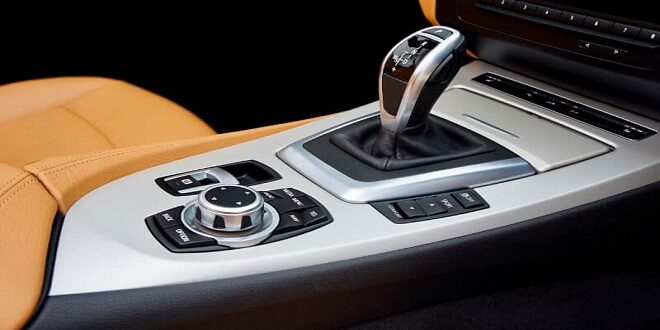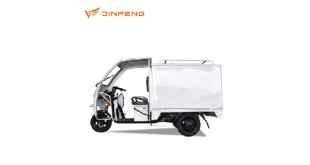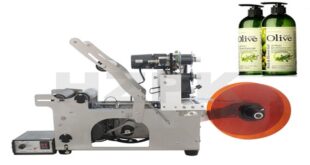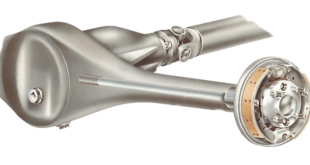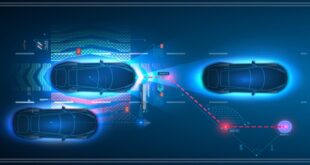The automatic transmission can be semi-automatic or fully automatic. In the first type, only the clutch is operated automatically, but the driver still has to change the gears manually
A semi-automatic transmission (SAT) also known as a clutch less manual transmission or automated manual transmission is an automobile transmission that does not change gears automatically, but rather facilitates manual gear changes by dispensing with the need to press a clutch pedal at the time of changing gears.
It uses electronic sensors, pneumatics, processors, and actuators to execute gear shifts on input from the driver or by a computer. This removes the need for a clutch pedal which the driver otherwise needs to depress before making a gear change.
A fully automatic transmission is also called auto, self-shifting transmission and can automatically change gear ratios as the vehicle moves, freeing the driver from having to shift gears manually. Like other transmission systems on vehicles, it allows an internal combustion engine, best suited to run at a relatively high rotational speed, to provide a range of speed and torque outputs necessary for vehicular travel. The number of forwarding gear ratios is often expressed in a similar way as for manual transmissions
The most popular form found in automobiles is the hydraulic automatic transmission. This system uses a fluid coupling in place of a friction clutch and accomplishes gear changes by hydraulically locking and unlocking a system of planetary gears. These systems have a defined set of gear ranges, often with a parking pawl that locks the output shaft of the transmission to keep the vehicle from rolling either forward or backward.
EPICYCLIC GEARBOX
An epicyclic gearbox consists of two, three or even four epicyclic or planetary gear sets. The figure shows a simple epicyclic gearbox. It has a sun gear, about which the planets turn round. These planet gears are carried by a planet carrier and a shaft and are also in mesh internal with a ring gear, which is also called annulus or internal gear.
Different torque ratios i.e. speed ratios are obtained by making any one of the parts, viz. the sun gear, the planets and the annulus stationery. Similarly by locking any two parts with each other gives direct drive.
However, in practice, all speed conditions given above cannot be employed because of the complexity of construction to incorporate all possibilities and also the unsuitable values of some of these ratios. So in an actual epicyclic gearbox combination, more than one epicyclic gear set are used. There are two controls i.e. brake bands and the clutch.
The brake band surrounds a drum attached to the gear or the outer surface of the gear itself. The multi-plate clutch is used. Both brake and clutch are applied by fluid pressure. These are selected by hydraulic shift valves and is controlled by ECM
FREE WHEEL UNIT
It is similar in action of a bicycle free wheel. The inner driving member is connected to the gearbox shaft and outer one to the propeller shaft. The driving member has three steps. In each step there are three spring loaded rollers of different sizes.
When the driving member is rotating in the direction as shown in the figure, the driven member will also be rotating in the same direction. But when the driven member becomes the driving member, the inner member will not rotate along with the outer one. Thus in this case the transmission and engine will be isolated from the wheels. This results in fuel economy.
FLUID FLYWHEEL
An automotive fluid coupling consists of a split housing which is rotated by the engine crankshaft. Inside the housing is a driven member called the runner and the driven member is connected by a shaft to the gearbox. The driving member is mounted on the crankshaft and it is called an impeller.
The driving (input) and driven (output) members are very close with their ends facing each other and enclosed in housing so that they can be turned without touching each other. The liquid or oil is filled in the housing. The flywheel housing is divided into a number of cells by means of radial vanes. These cells correspond to similar openings in the driven member.
Last word
When the crankshaft turns, the driving member or impeller also rotates. The fluid flows outwards due to centrifugal force and circulates from the flywheel to the driven member. The fluid tends to rotate the driven member because the fluid is also carried out round by the driving member. Thus the torque is transmitted from the crankshaft to the gearbox shaft.
 Tech Readers
Tech Readers
